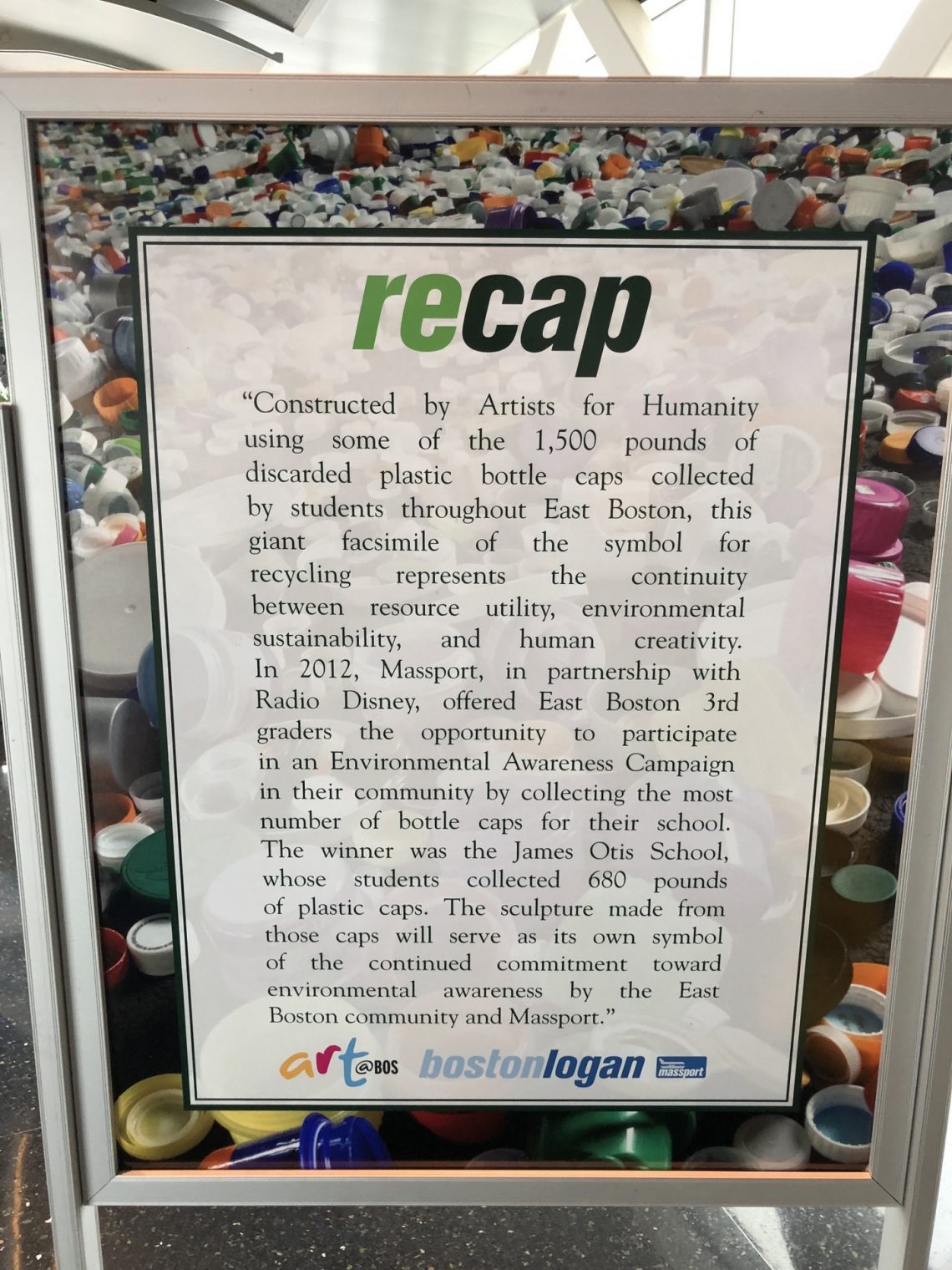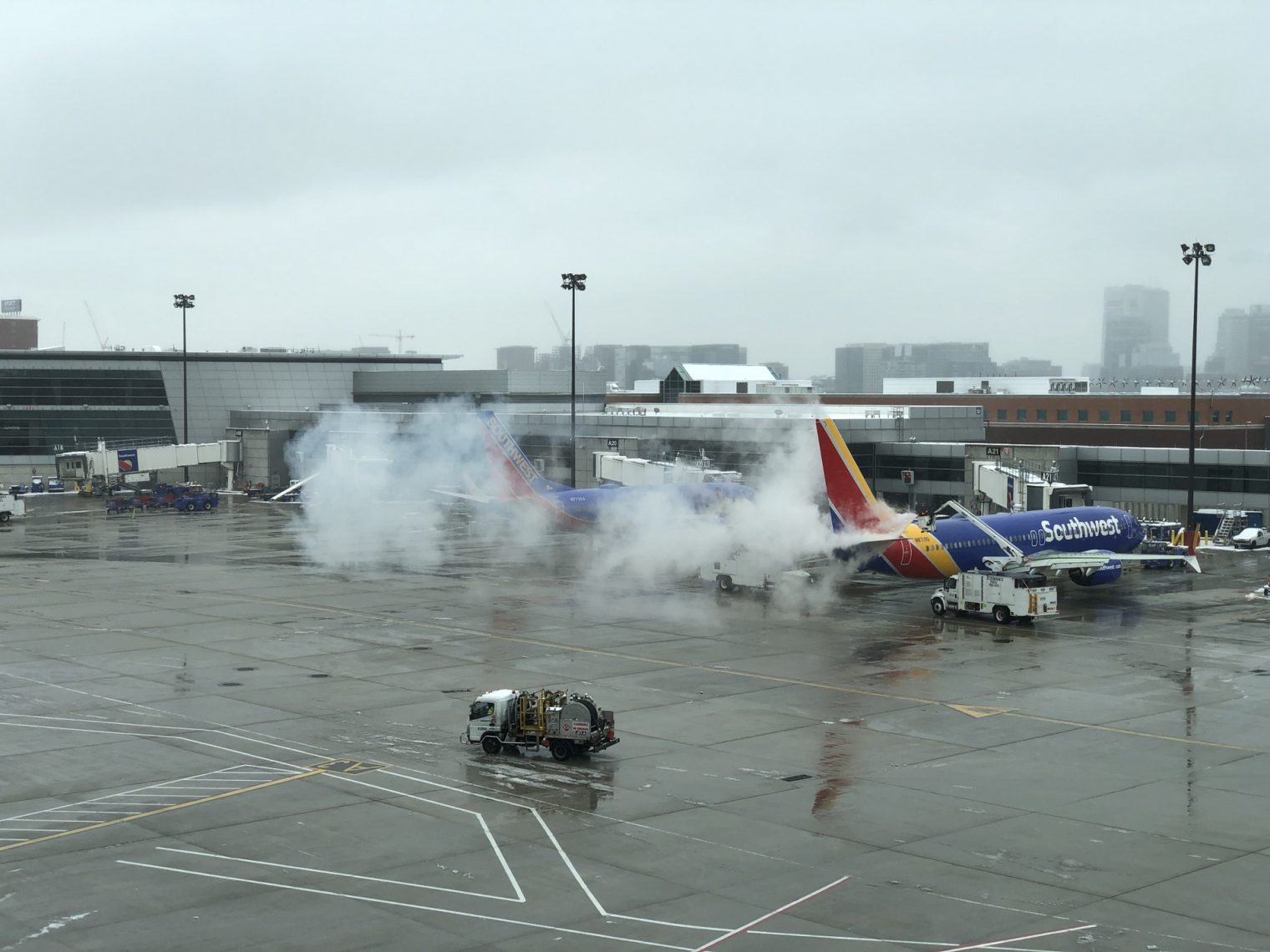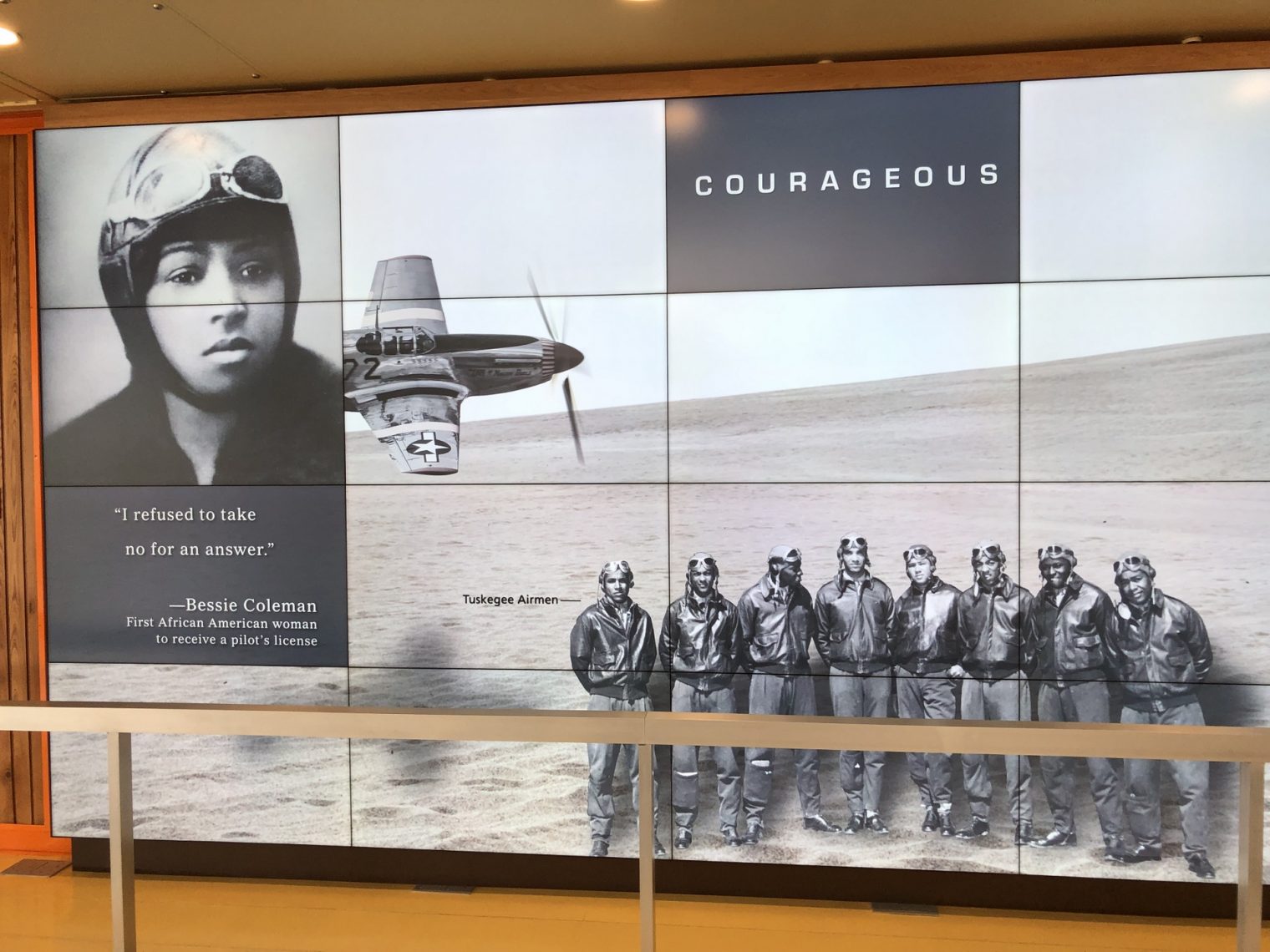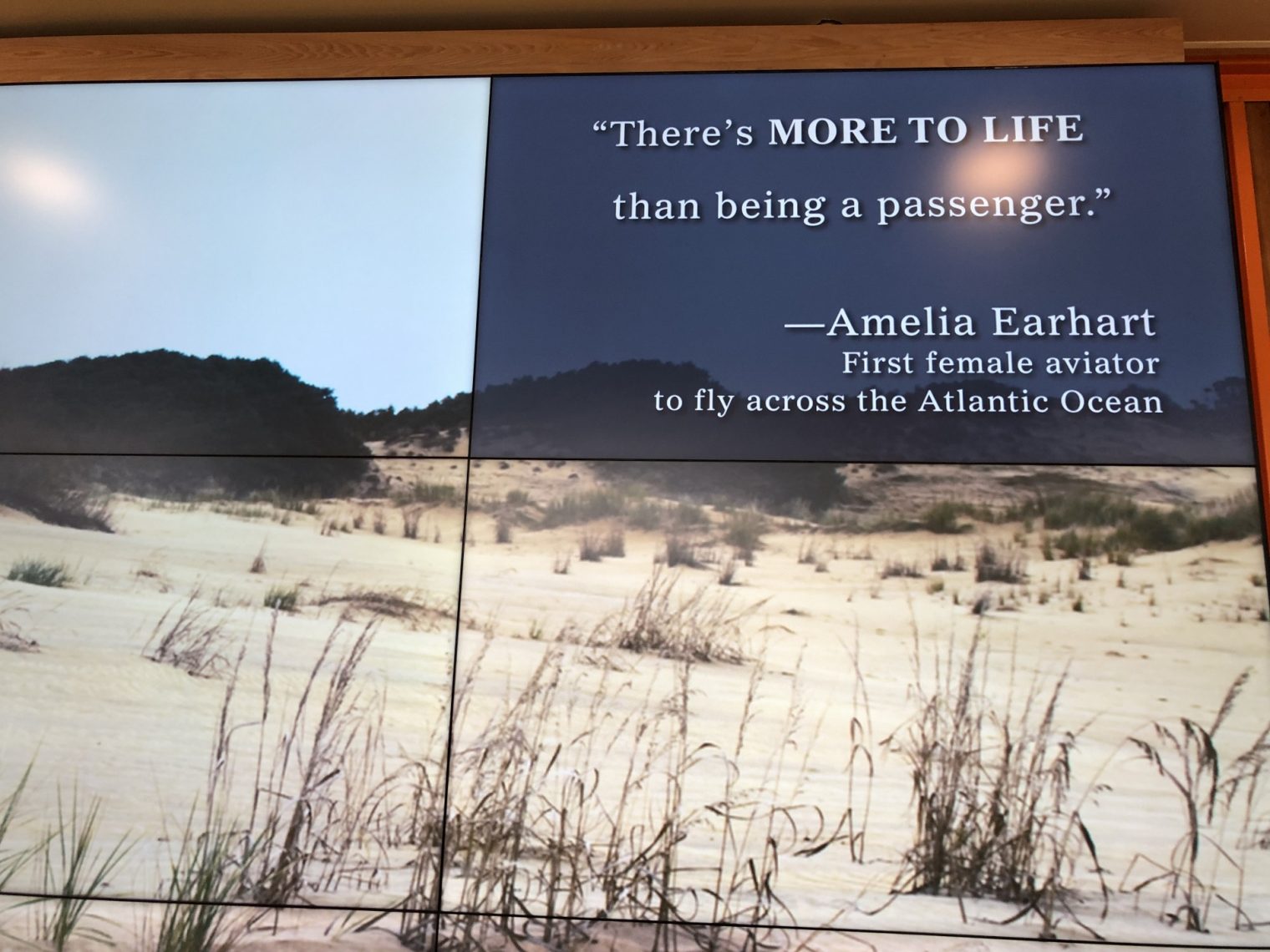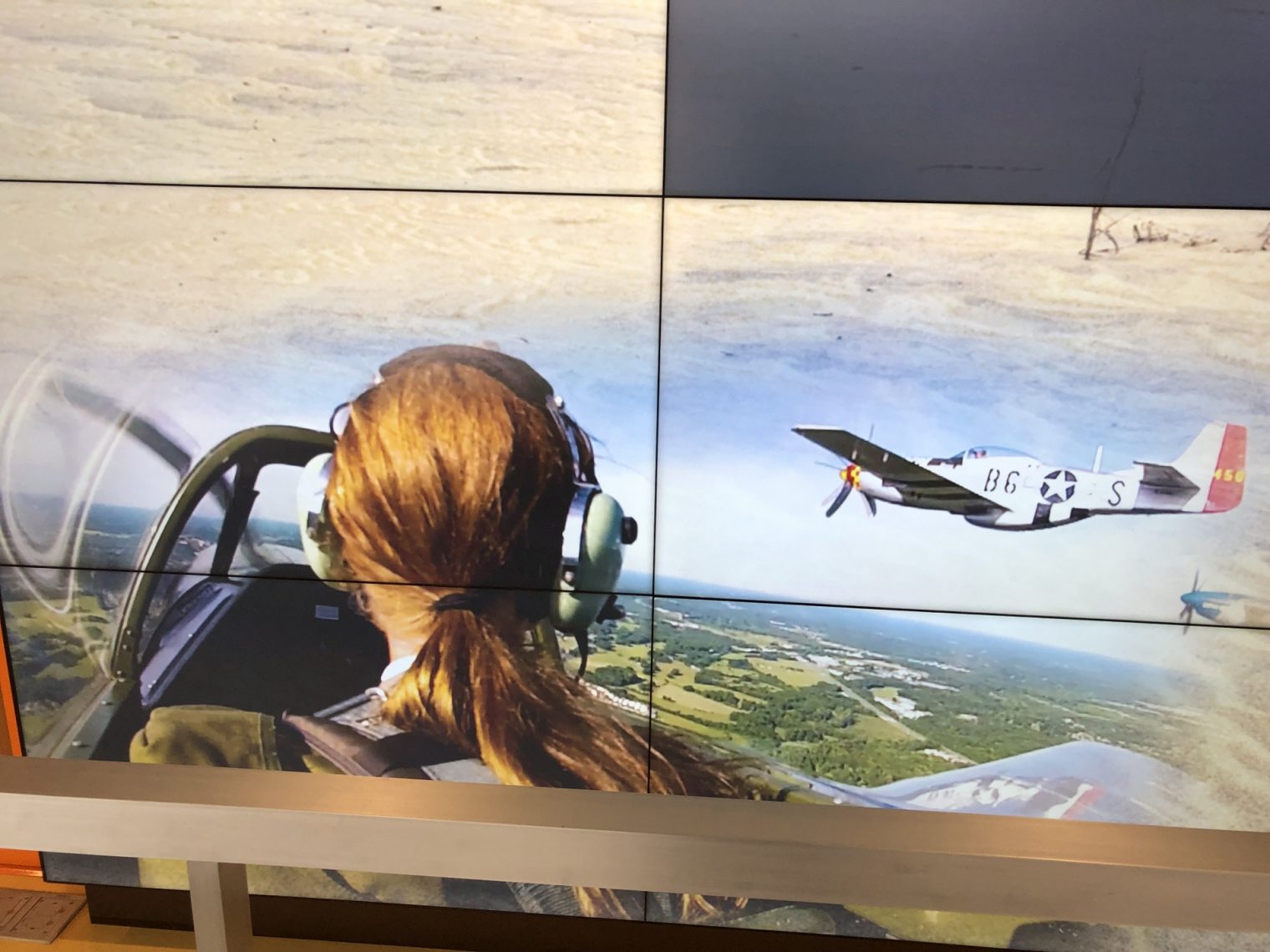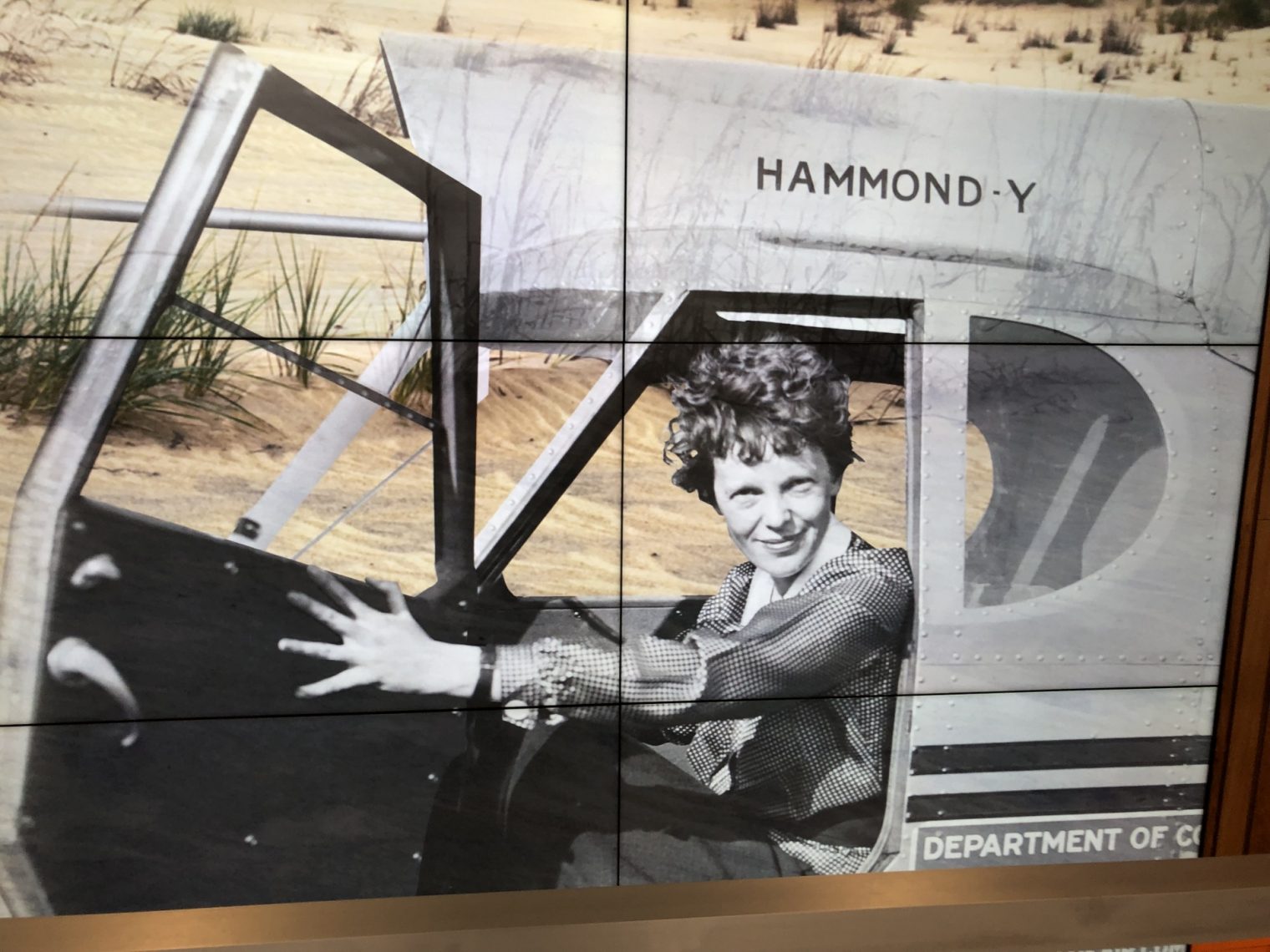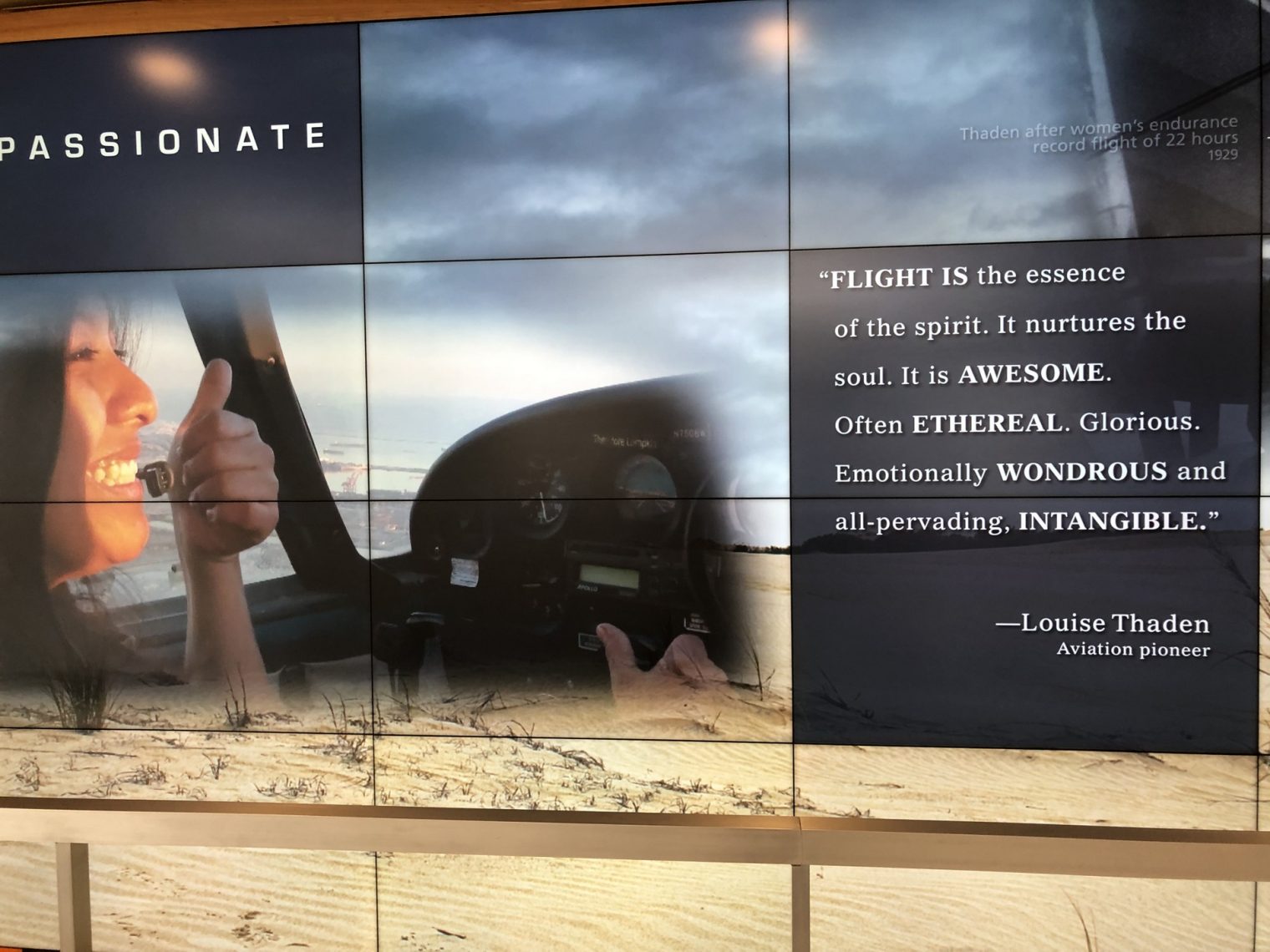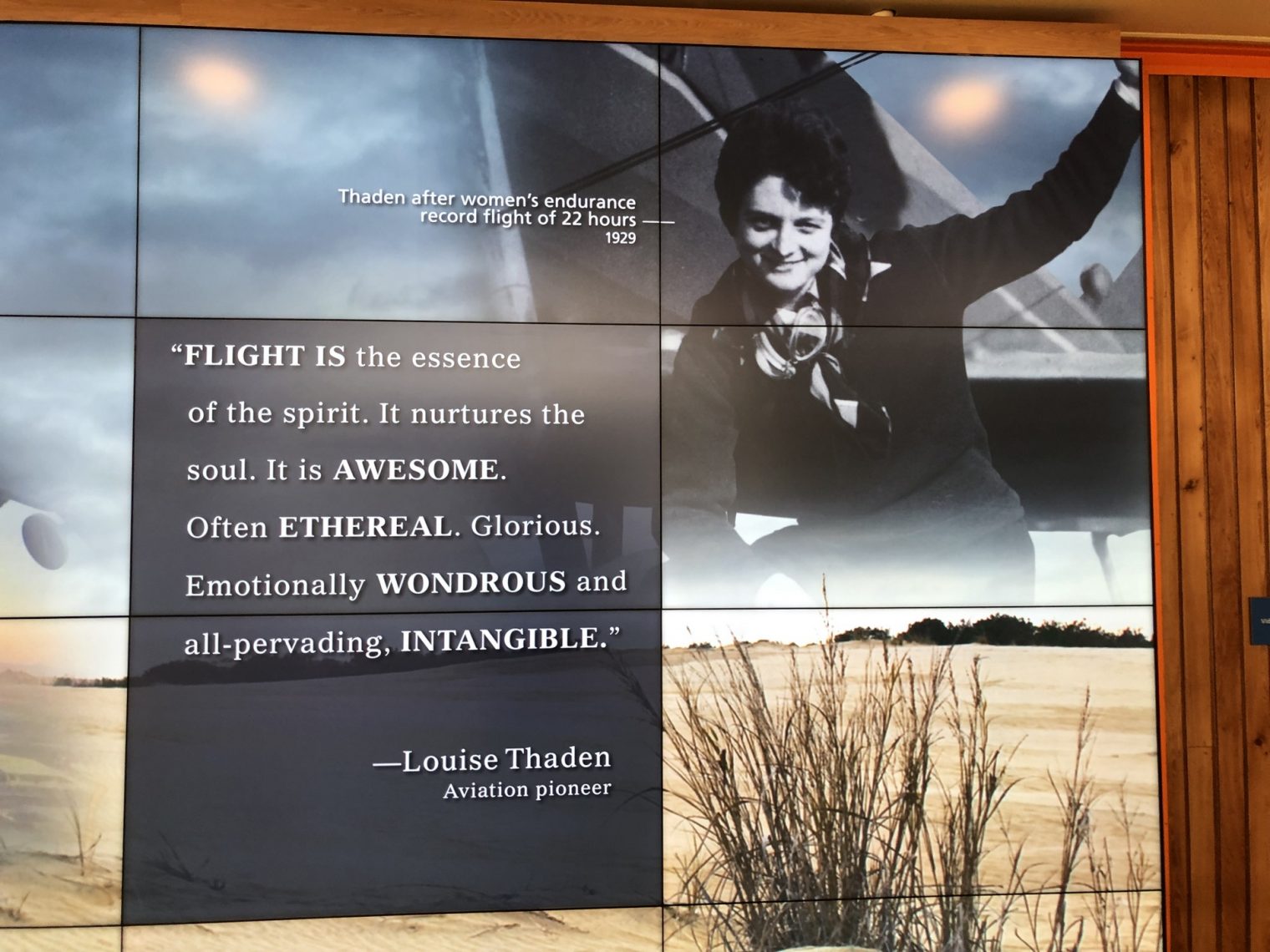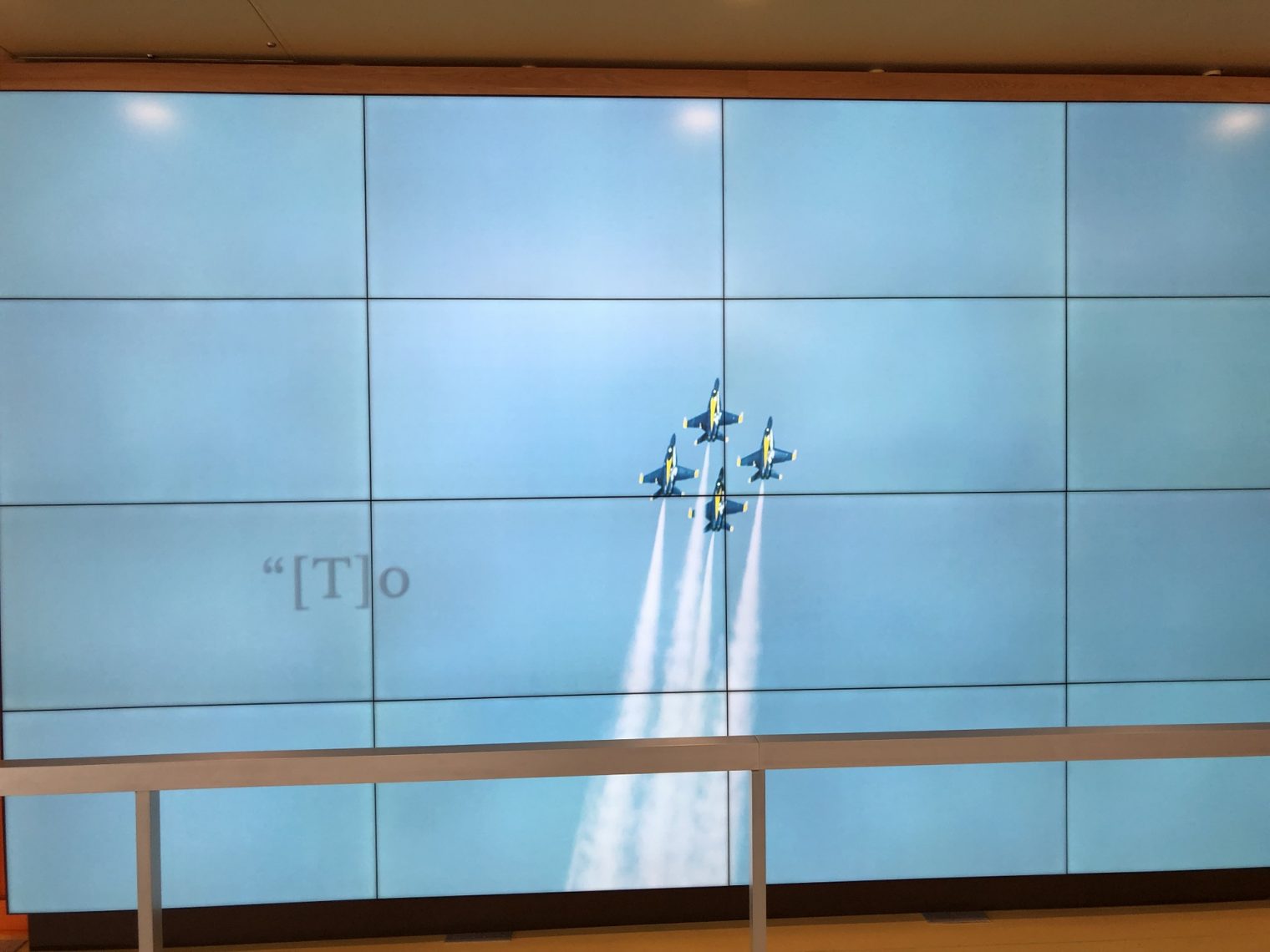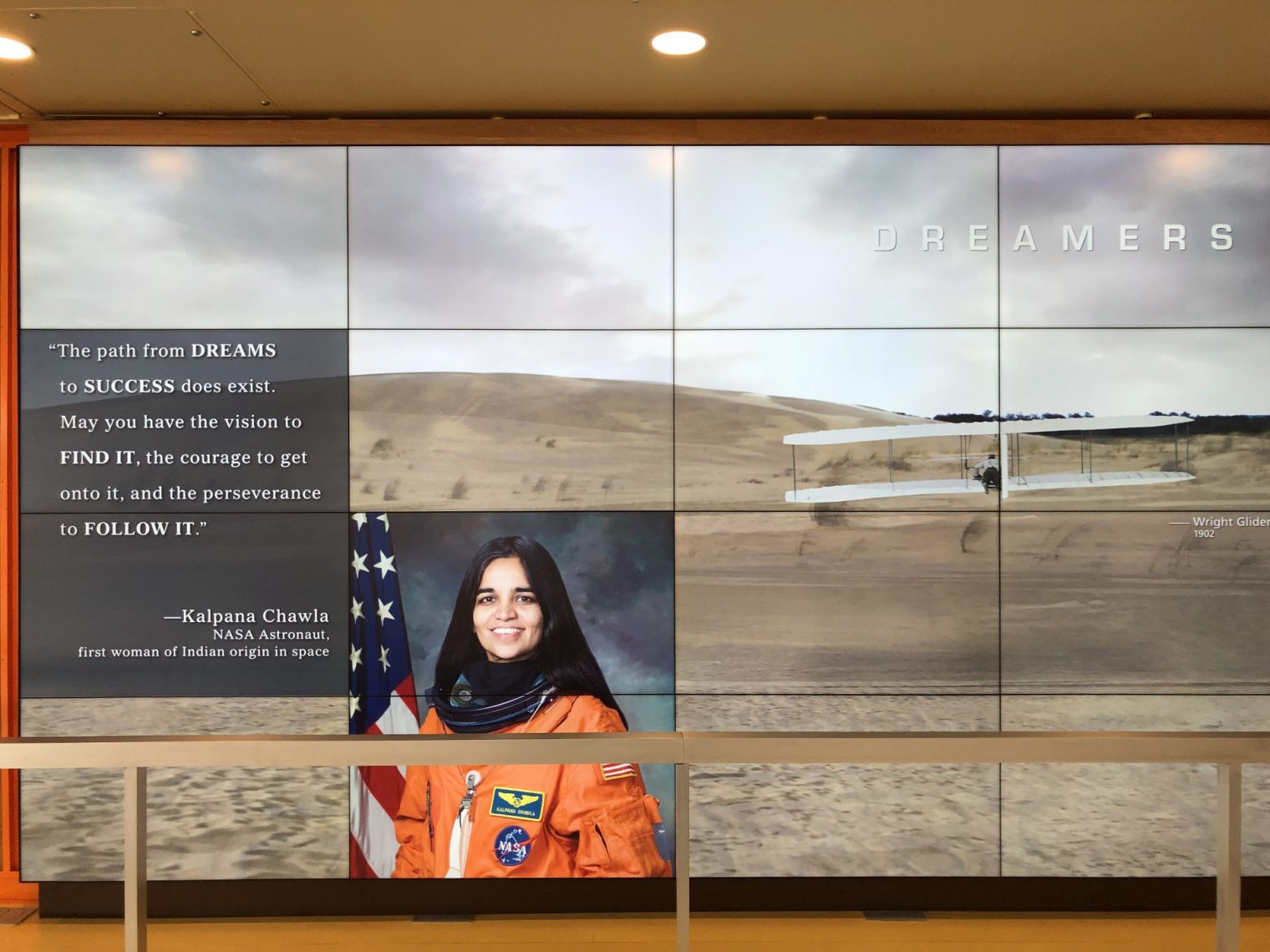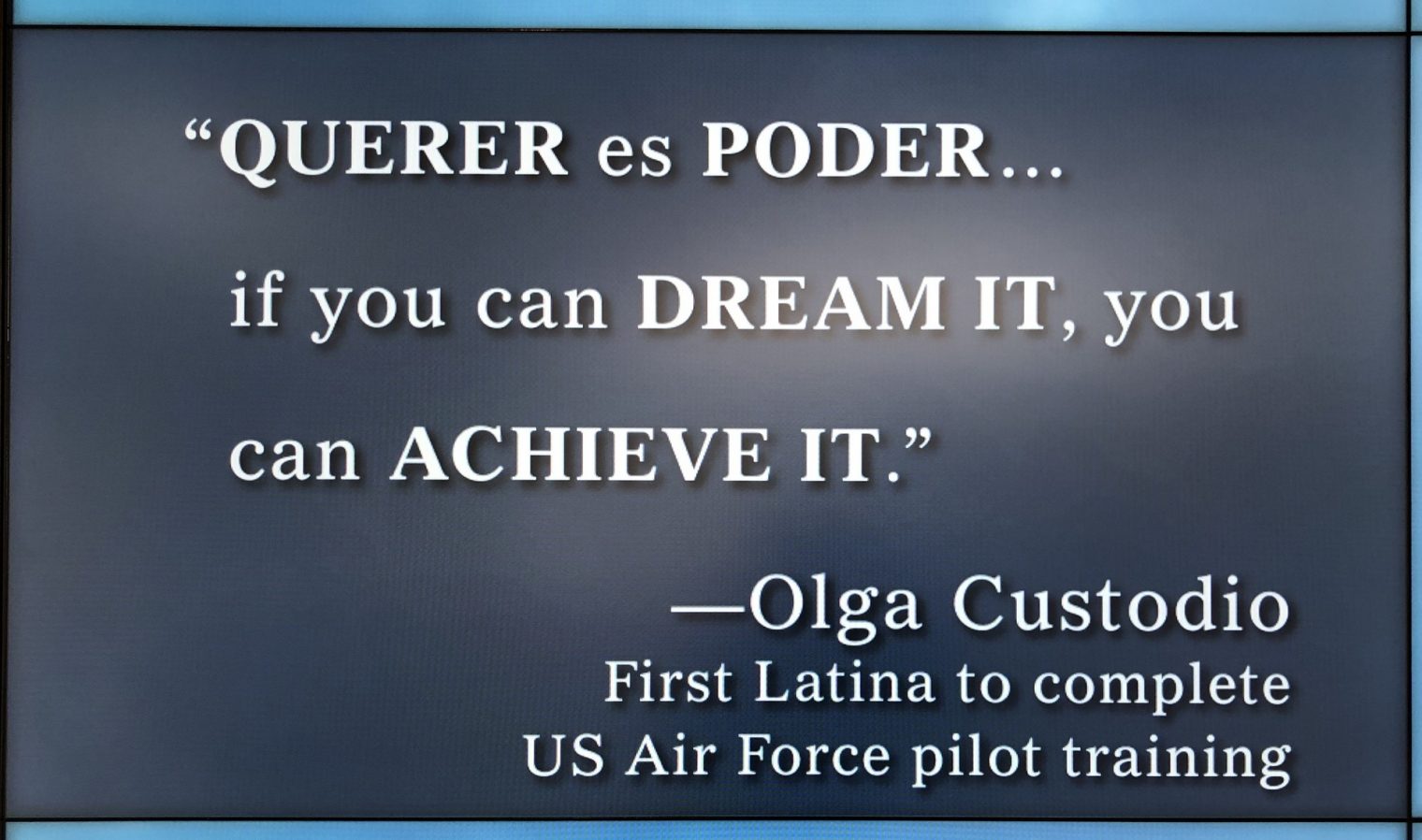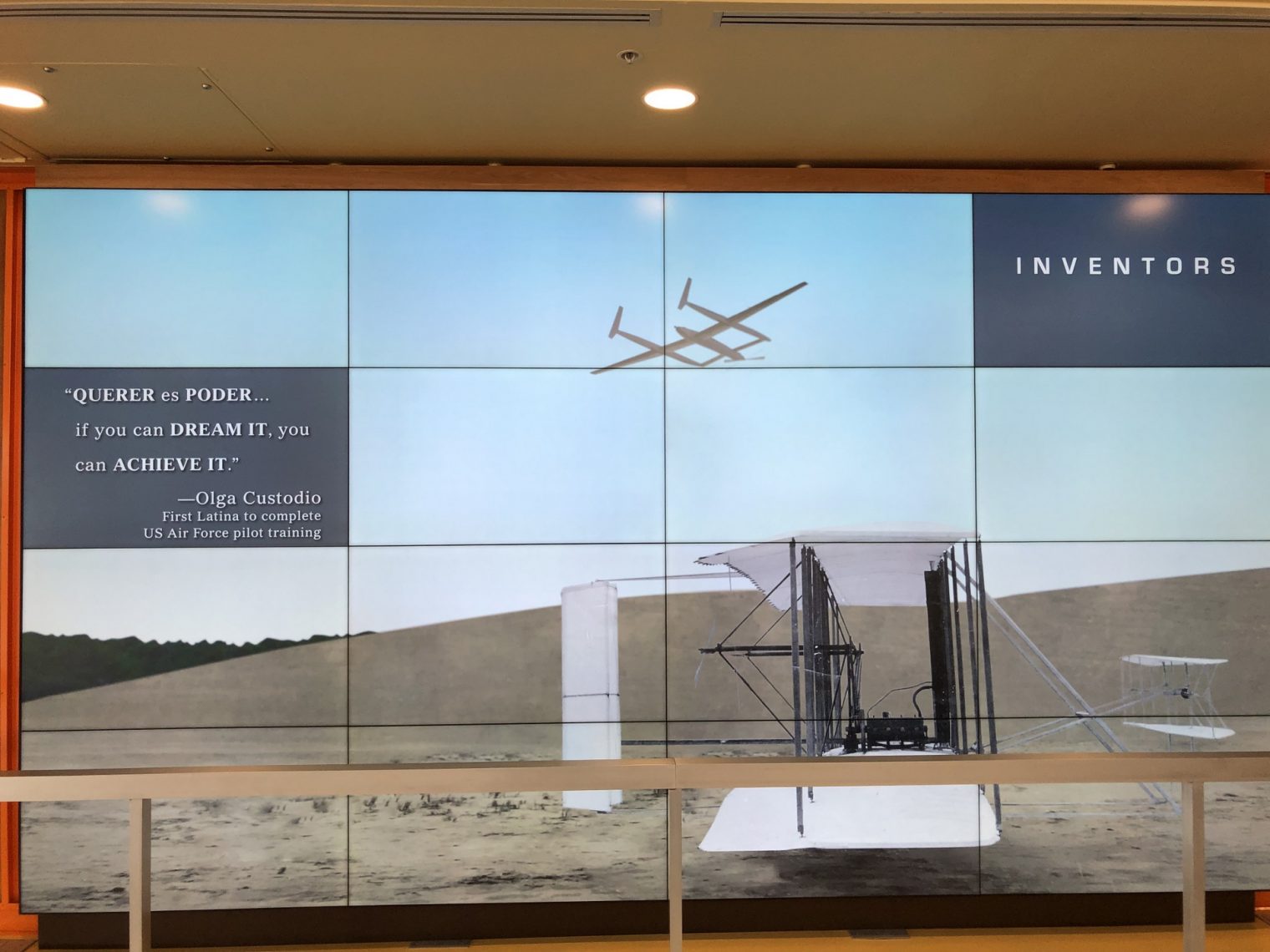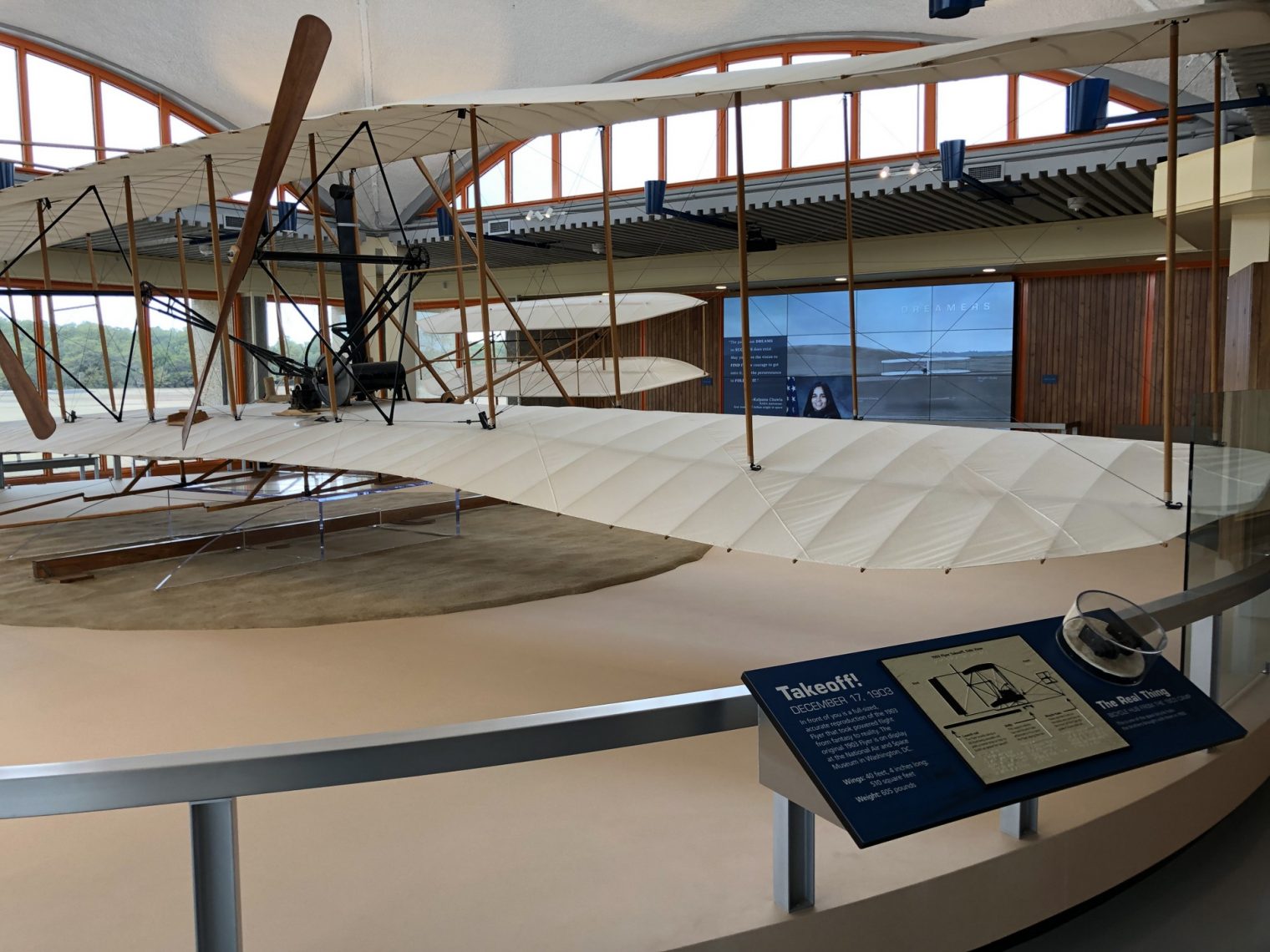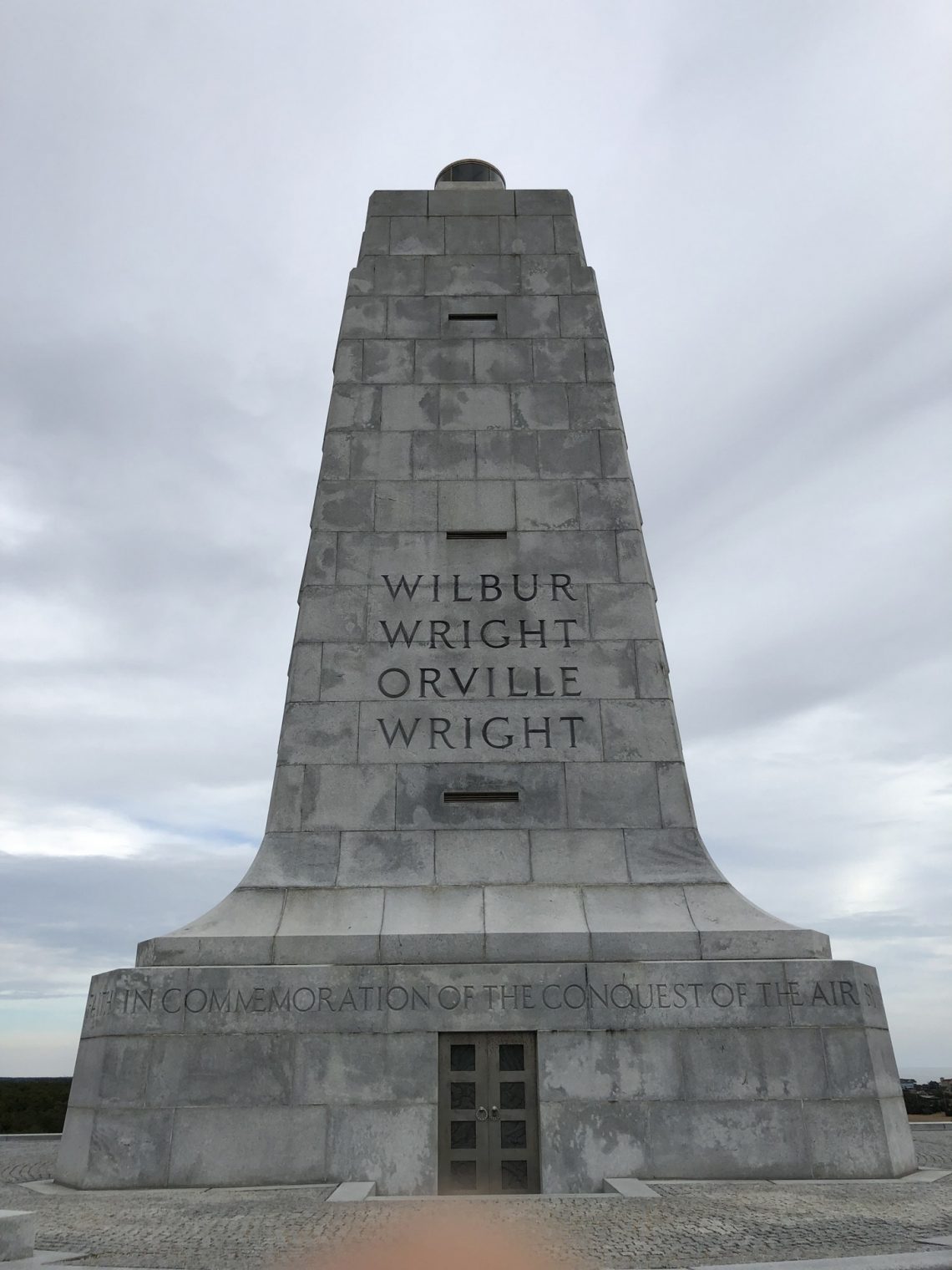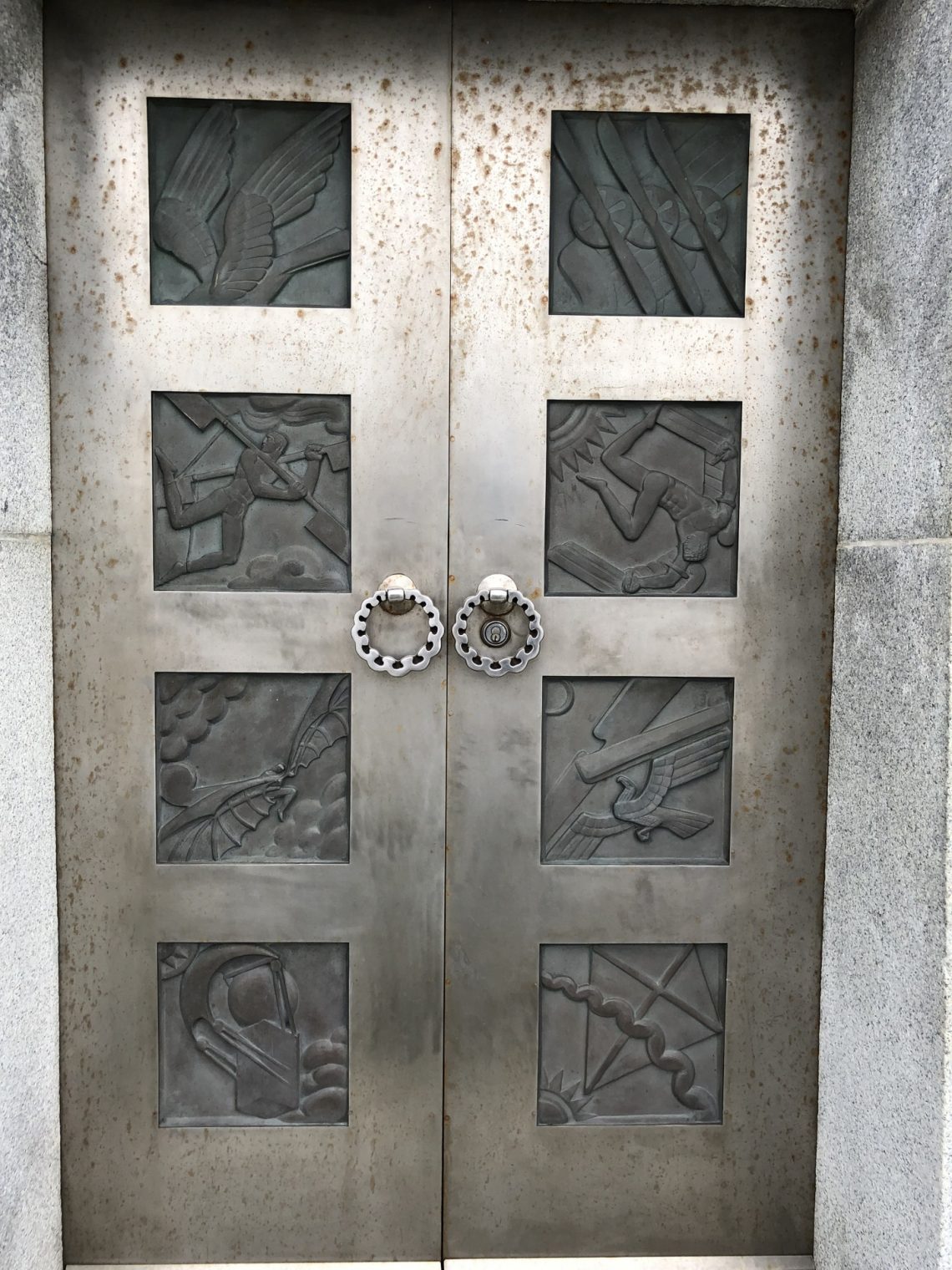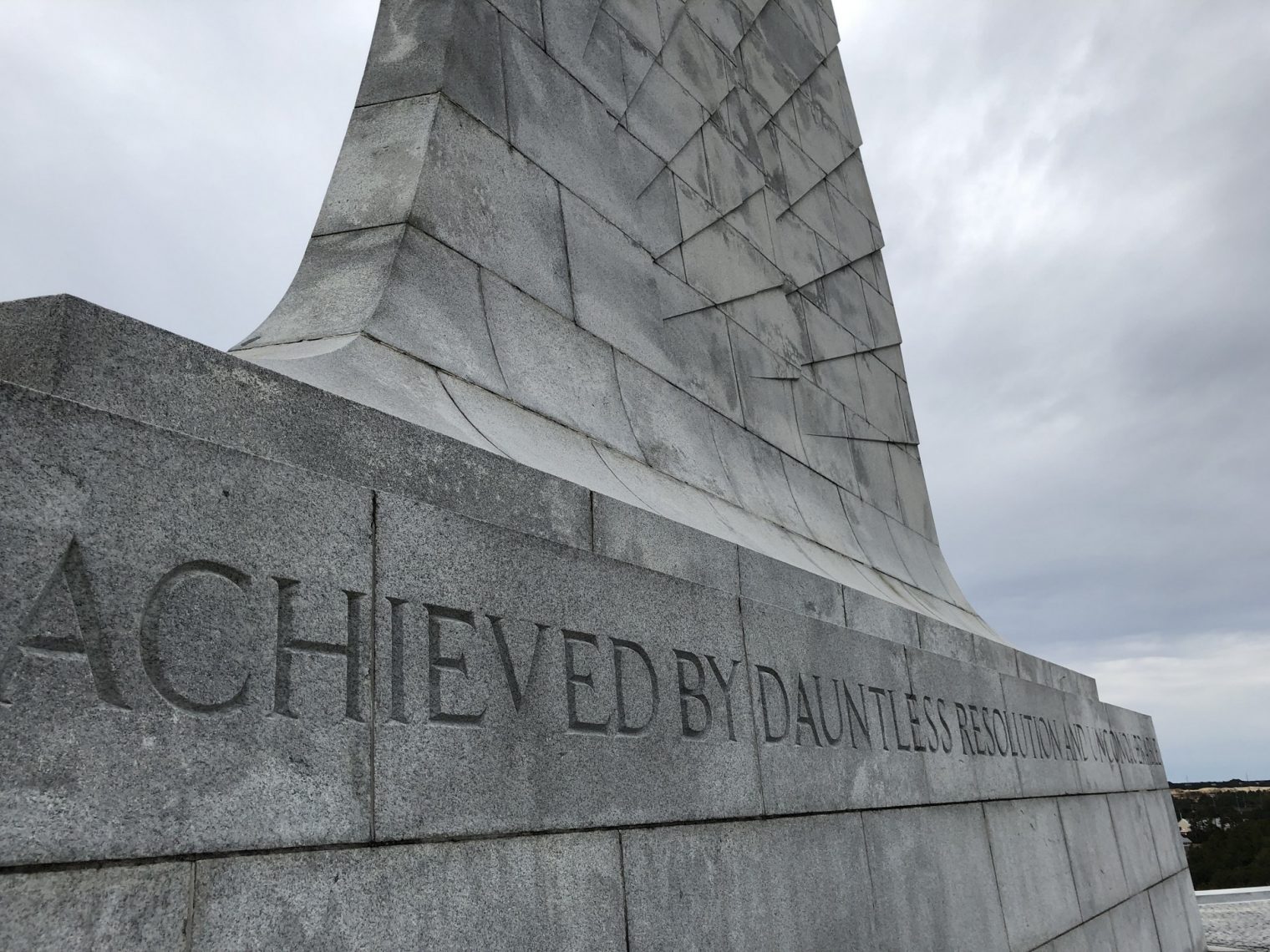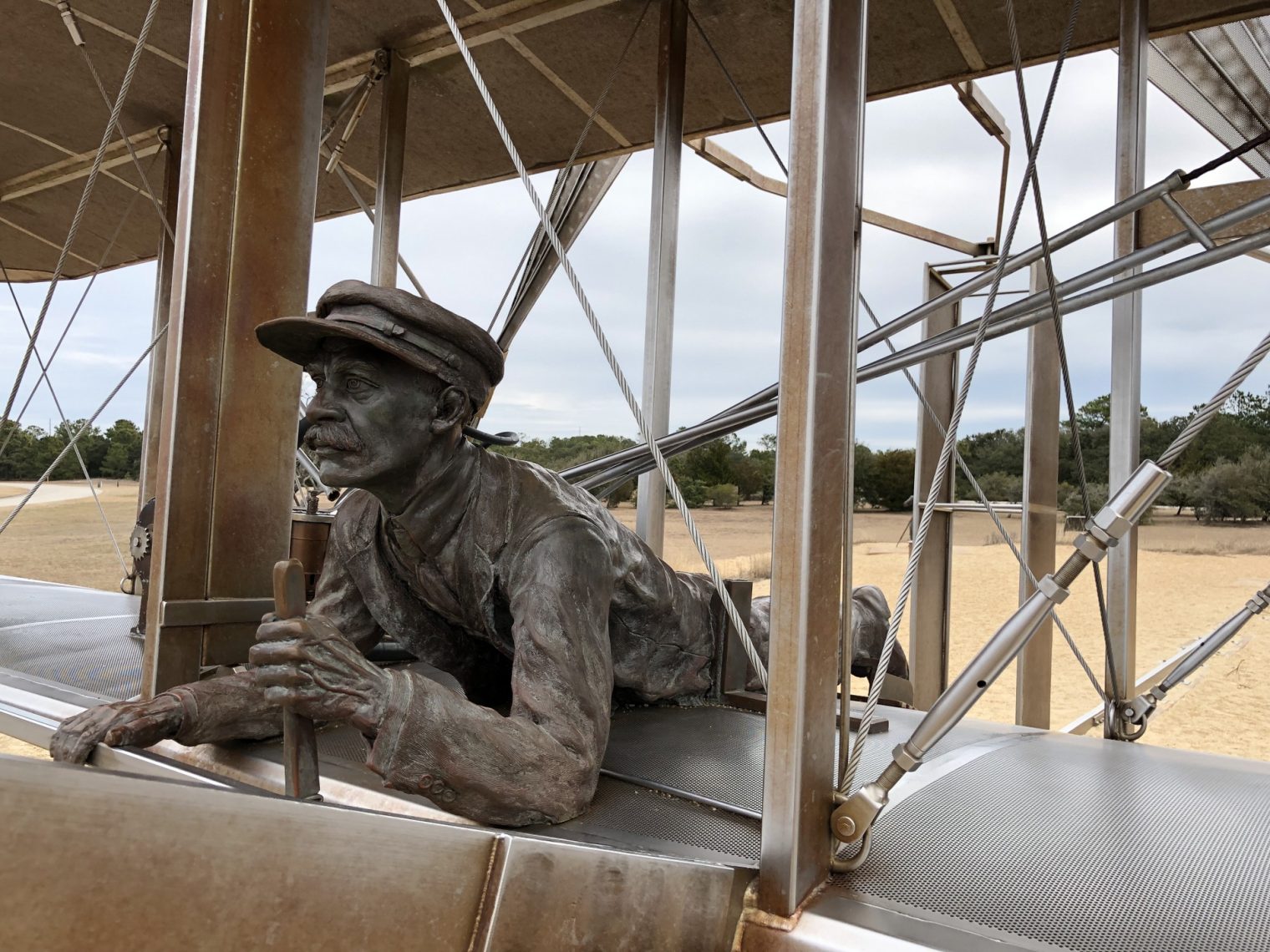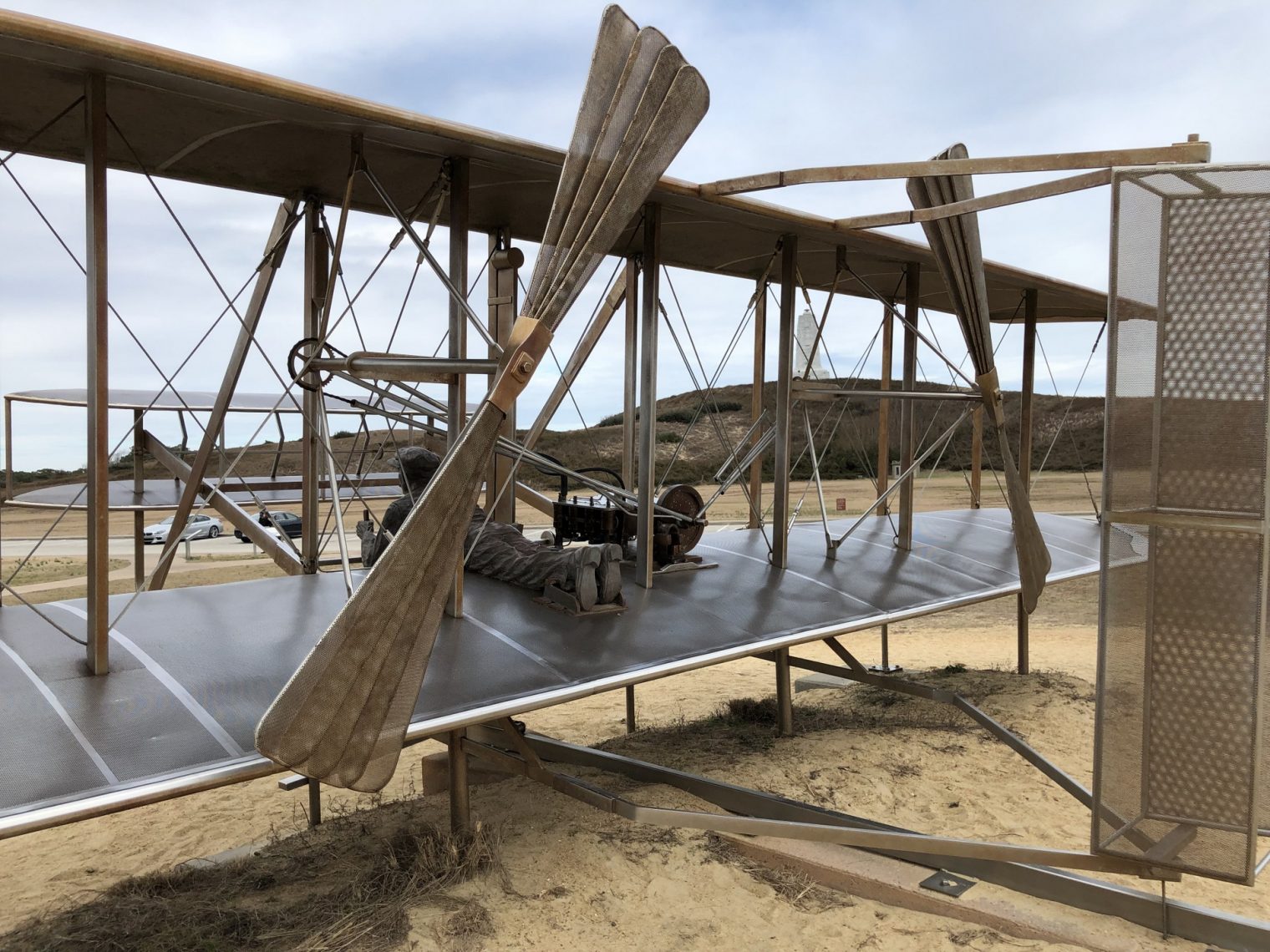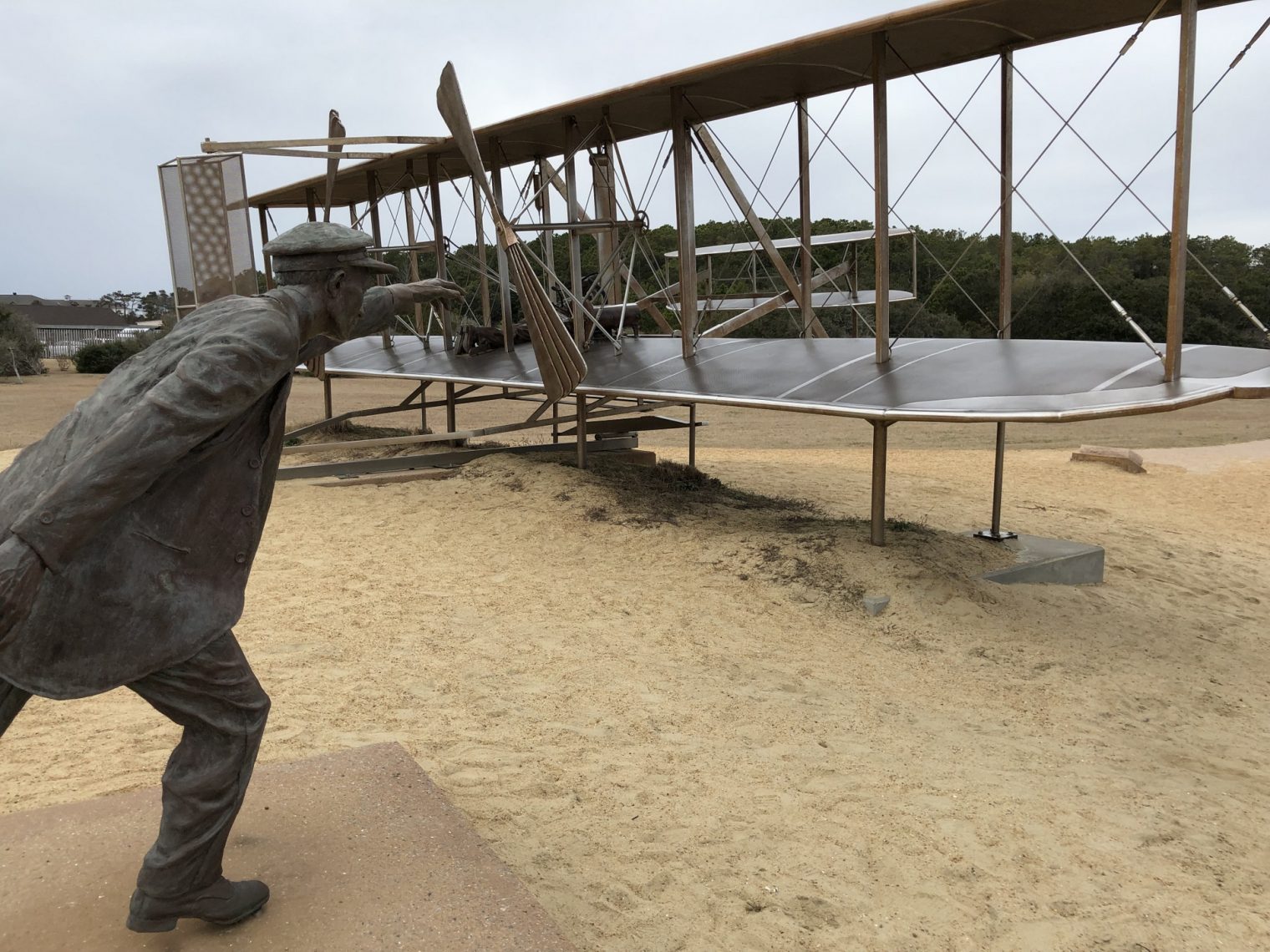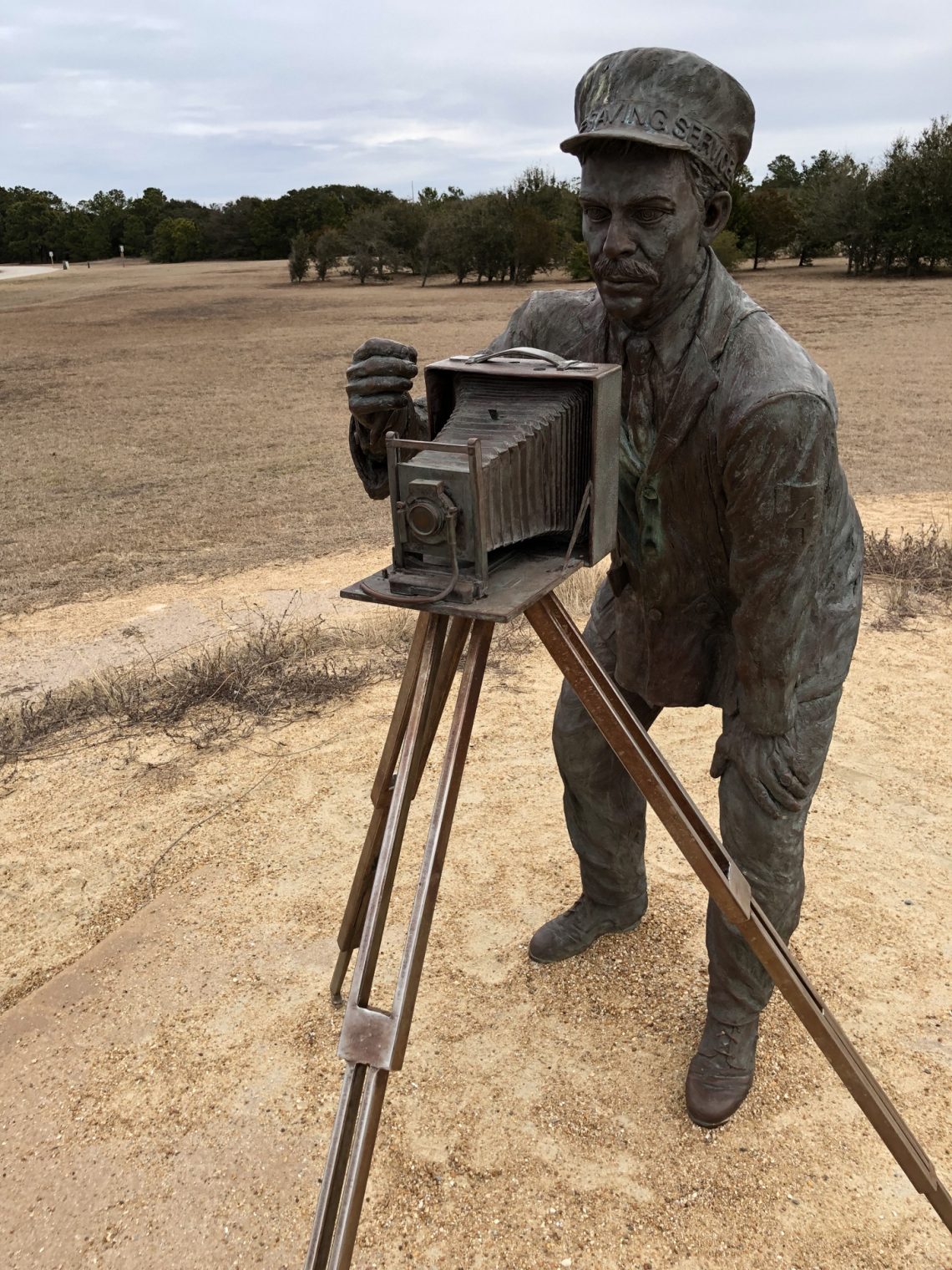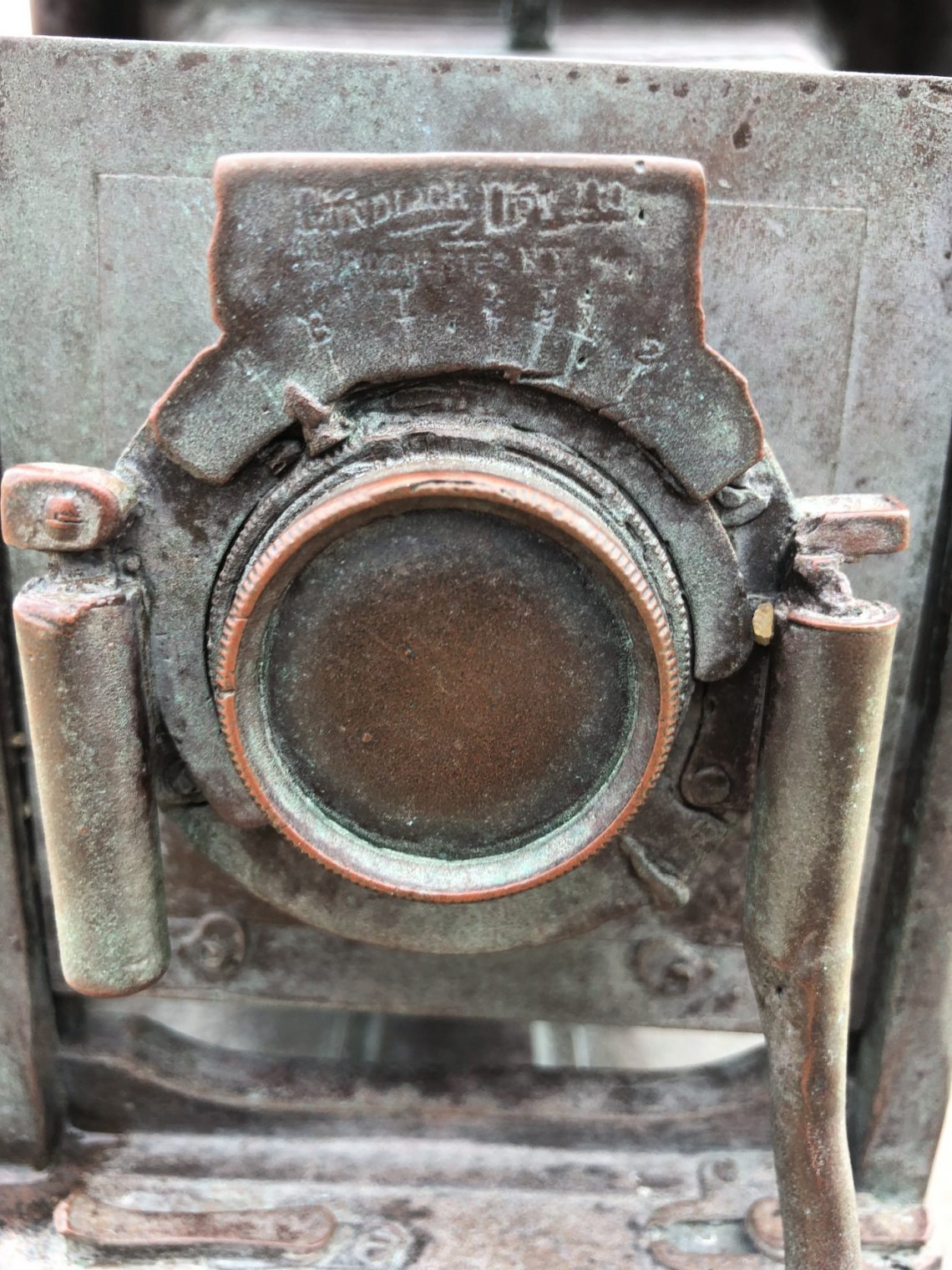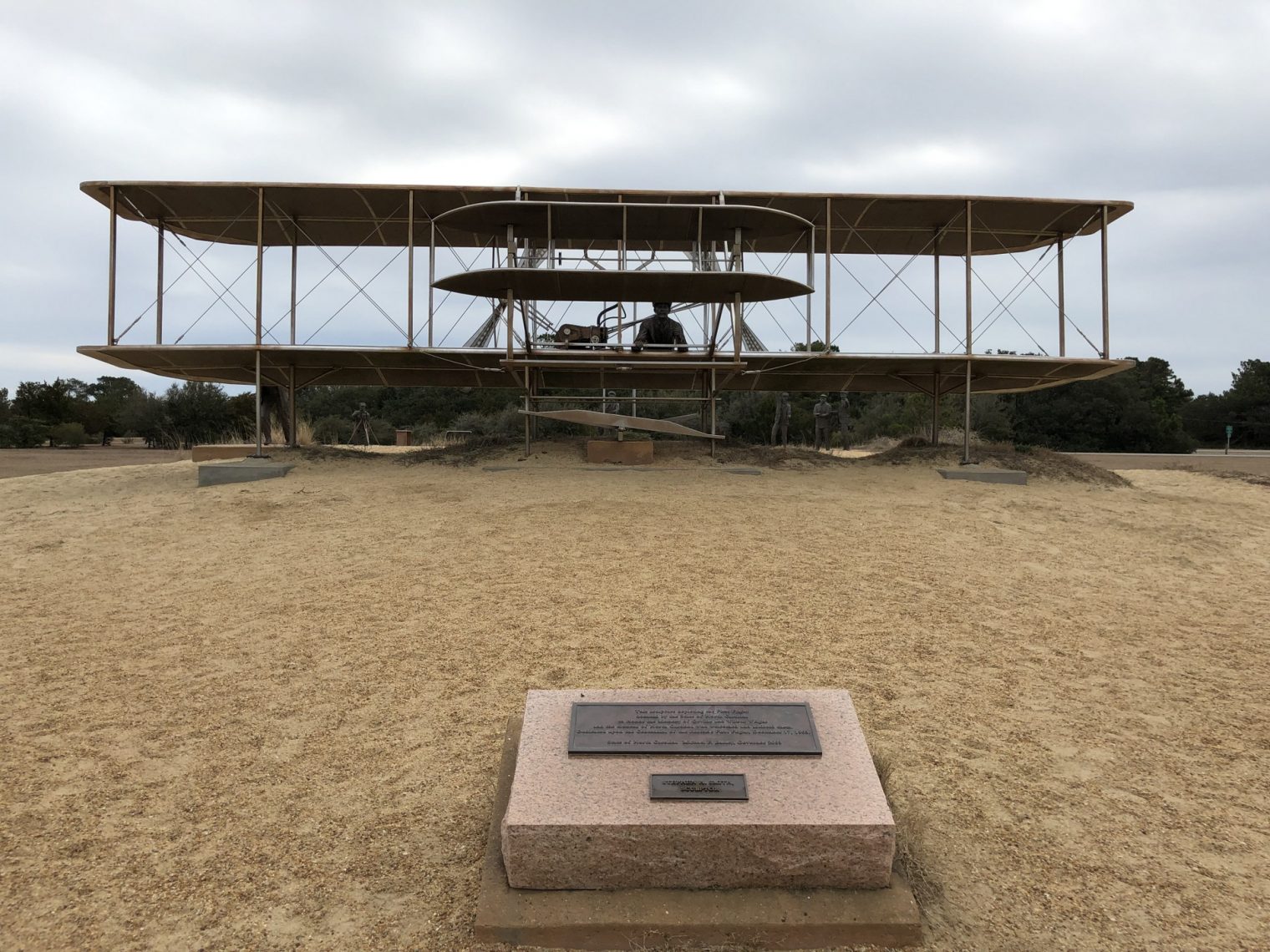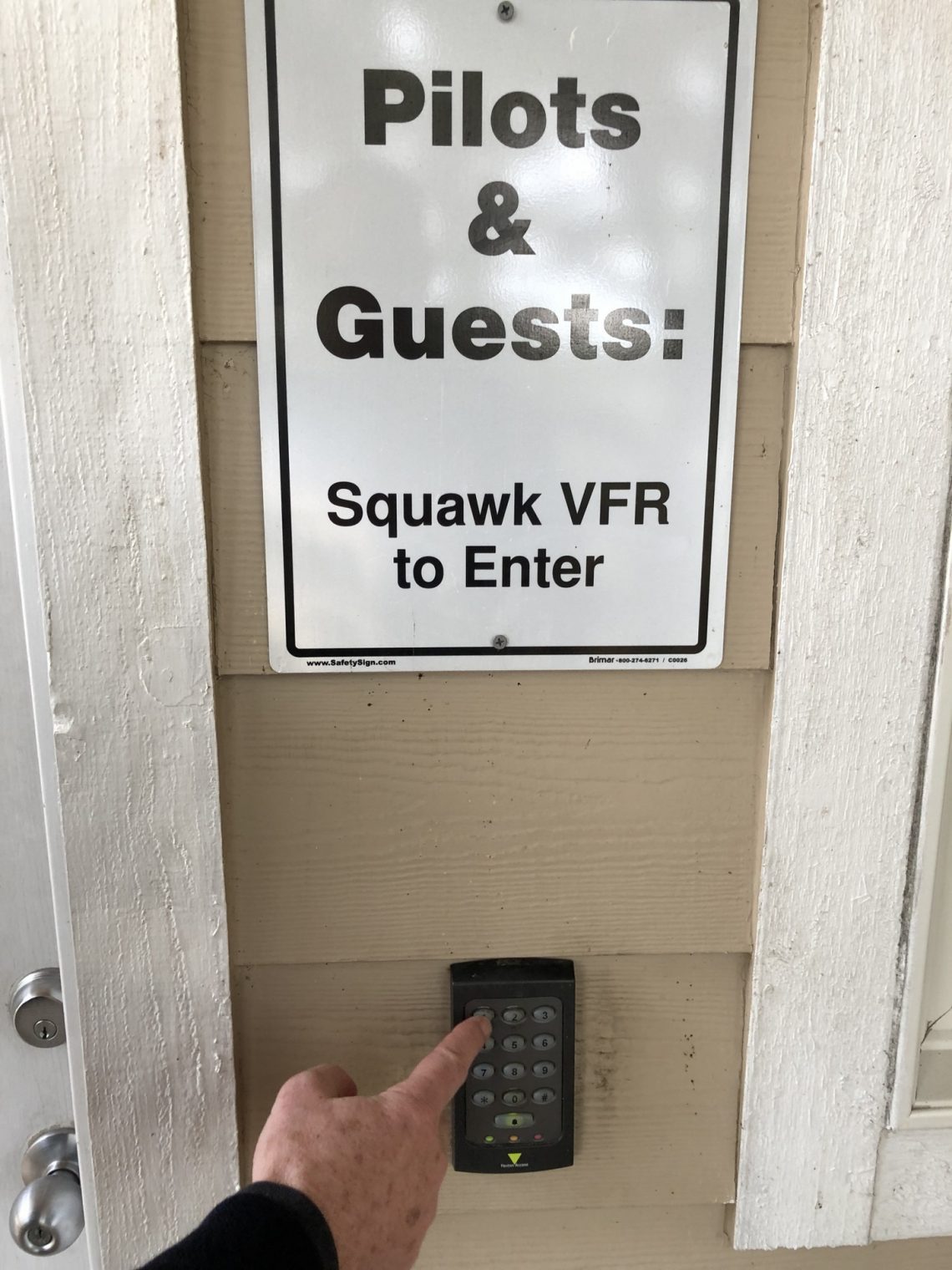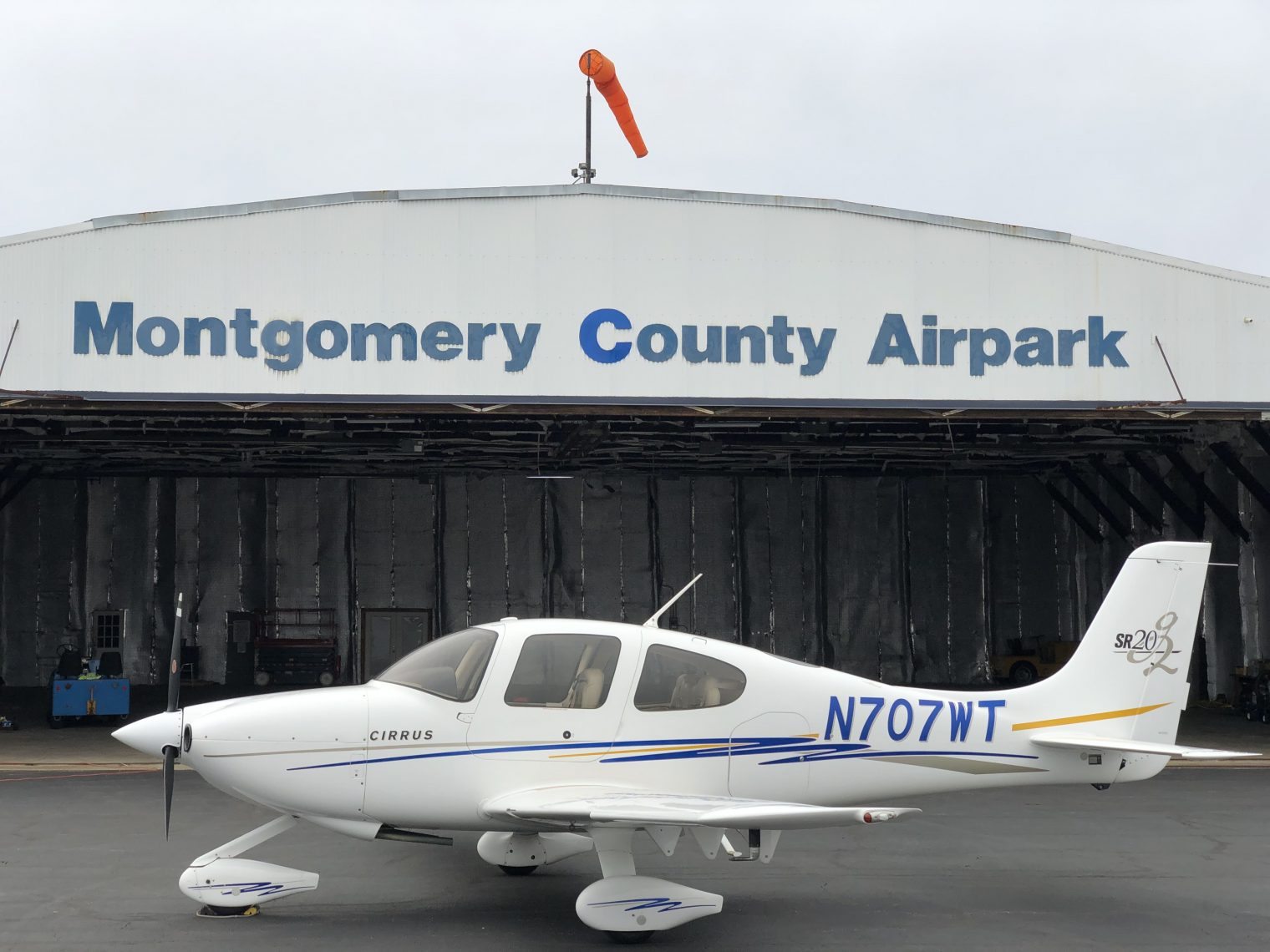A reader was kind enough to give me a hardcopy(!) version of Slide Rule by Nevil Shute. It turns out that the popular novelist was an aeronautical engineer during the golden age of aviation. One of the luxuries of getting in on the early days was working with two of the greats: Geoffrey de Havilland and Barnes Wallis, of Dambusters fame.
Shute says that “the halcyon period … died with the second world war when aeroplanes had grown too costly and too complicated for individuals to build or even to operate.” Those are fighting words at Oshkosh and I think that Game Composites refutes this gloomy perspective to some extent (albeit one of the “individuals” had to be a Walmart heir!).
Shute was an airship designer at a time when a government-run operation was building the R101 (crashed and burned due to incompetence, according to Shute) in competition with the R100, a private effort. I still can’t figure out how airships ever worked. The R100 made it to Canada and back, but got kicked up 4,000 fpm in a light thunderstorm. The British airship industry was doomed by the crash of the R101 and improvements in heavier-than-air planes, but I don’t know why anyone thought that it would ever be practical given the power of Nature and the inability of an airship to outrun a storm.
Social norms were different between the Wars. Shute describes a “married woman living apart from her husband, who established herself in the village while her divorce matured.” Her sexual relationship with one of his bachelor test pilots results in an uprising by the “Wives Trades Union of Yorkshire,” upset that they might have to encounter “that woman.” (see Real World Divorce for how things have changed for the better, from a plaintiff’s perspective, in England!) Shute says that he prefers a married-with-children test pilot who will bring back a prototype at the first sign of trouble.
Airship aviation is an indoor/outdoor experience. Crew members are able to walk on top of the ship, move around outside to make repairs while the airship is flying, go to sleep in a cabin, etc. The weather has to be crazy bad before there is anything that could be called “turbulence” to disturb passengers.
The book covers topics that would be familiar today to anyone involved in startups: raising money and growing a business despite a shortage of capital. Shute co-founded an airplane manufacturer called Airspeed Ltd. in 1931 (i.e., during the Great Depression). Despite an industry that grew as fast as hoped, a war that resulted in huge demand from governments around the world, and thousands of airplanes produced and flown away by customers, the company never thrived financially and was eventually absorbed into de Havilland. A cautionary tale for those who today would try to make money on self-driving cars, electric cars, solar power, or any other obviously booming technology. Shute’s Airspeed simply couldn’t make a significant profit in the face of competition from higher-volume manufacturers that kept reducing their unit costs. The Royal Family bought an Airspeed Envoy, but that still wasn’t enough to stave off the competition.
Shute is eventually pushed out (1938), which he says in retrospect was a smart decision: “I would divide the senior executives of the engineering world into two categories, the starters and the runners, the men with a creative instinct who can start a new venture and the men who can run it to make it show a profit. They are very seldom combined in the same person. … I was a starter and useless as a runner…”
So… to Wes: thanks! to everyone else: read Slide Rule if you’re interested in aviation, engineering, or entrepreneurship.
Full post, including comments 